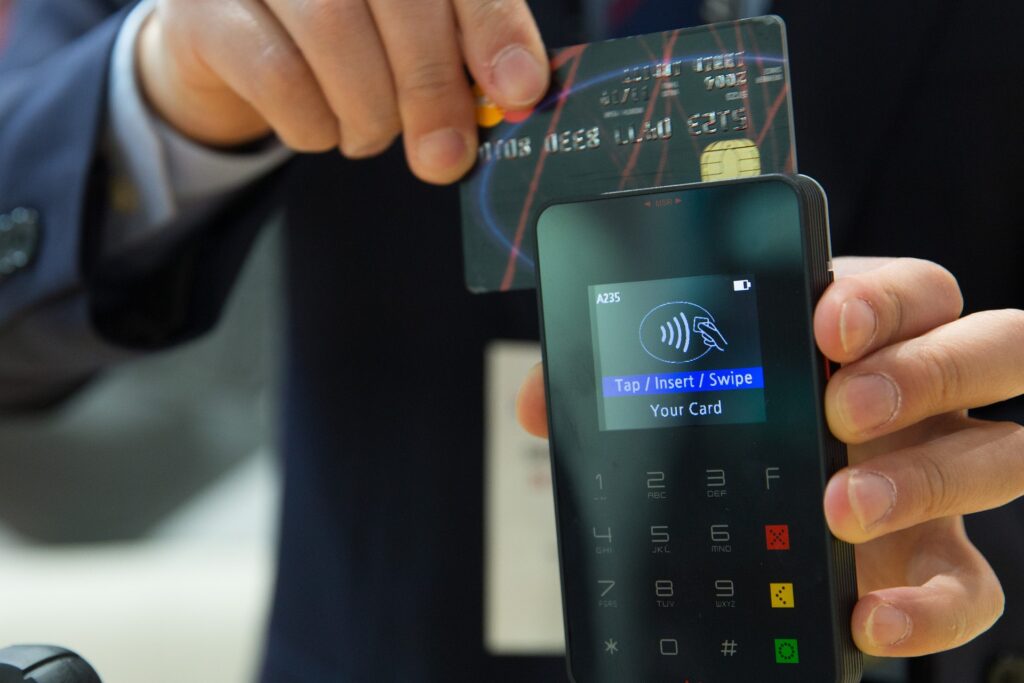Debt can feel like an invisible weight on your shoulders, constantly pulling you down and affecting every aspect of your life. For many people, the burden of loans and credit card balances can be overwhelming. Whether it’s student loans, a mortgage, car loans, or credit card debt, the constant pressure of owing money can lead to stress, anxiety, and even feelings of hopelessness. But the good news is that it doesn’t have to be this way. With a clear plan and the right mindset, it’s entirely possible to pay off your loans and regain control of your financial future.
In this article, we’ll take a journey through a real-life story of someone overcoming debt, share practical tips and strategies for paying off loans, and explore two popular debt payoff methods: the snowball and avalanche approaches. By the end, you’ll have the tools and inspiration you need to tackle your debt head-on and work your way toward financial freedom—without losing your mind in the process.

The Story of Sarah: A Debt-Free Journey
Let’s start with Sarah’s story. Sarah is a 28-year-old marketing professional who found herself drowning in debt. After graduating from college, she had accumulated $35,000 in student loans. To make matters worse, she had racked up another $8,000 in credit card debt while trying to maintain a comfortable lifestyle during her post-college years. Her debt was taking a toll on her mental health, as she constantly worried about how she would ever pay it off.
Sarah felt trapped. Every month, she made the minimum payments, but the balances hardly seemed to budge. She tried budgeting, but the thought of tracking every dollar felt like an exhausting task. She would spend her evenings googling “how to get out of debt” but would often find herself paralyzed by the sheer amount of advice available.
One night, while scrolling through social media, Sarah stumbled upon a post from a friend who had paid off a substantial amount of debt. Inspired, Sarah decided it was time to take control of her financial situation. She needed a plan, a method, and the discipline to stick with it. After doing some research and talking to a financial advisor, Sarah discovered two powerful methods for paying off debt—the snowball method and the avalanche method—and decided to dive in headfirst.
The Snowball Method: A Small Win to Build Momentum
The snowball method involves paying off your smallest debt first while making the minimum payments on your other debts. Once the smallest debt is paid off, you move on to the next smallest, using the money you were paying toward the first debt to tackle the second one. The idea behind this approach is that paying off smaller debts first provides a sense of accomplishment and builds momentum to tackle larger debts.
For Sarah, the snowball method was a great fit. She started by paying off her $8,000 credit card debt, which was the smallest debt she had. She focused all her extra money on paying it off as quickly as possible while continuing to make minimum payments on her student loans. When Sarah paid off the credit card debt, she felt an immense sense of relief. It was a small victory, but it fueled her motivation to continue.
After clearing her credit card debt, Sarah moved on to the next smallest debt—her student loans. Slowly but steadily, she chipped away at her remaining balances. The emotional boost she received from paying off her credit card debt kept her motivated, and before she knew it, she had paid off $10,000 of her student loans in just over a year.
The Avalanche Method: Paying High-Interest Debt First
The avalanche method, on the other hand, focuses on paying off the highest-interest debt first, regardless of the balance. This approach minimizes the amount of interest you’ll pay over time, which can save you money in the long run. The idea is that by tackling the highest-interest debts first, you’ll reduce the total interest burden, allowing you to pay off your debts more efficiently.
While Sarah initially chose the snowball method, she later switched to the avalanche method as she learned more about debt repayment. With her student loan interest rates being relatively low, she realized that focusing on her high-interest credit card debt first would be more cost-effective. She refocused her efforts on paying off the credit card debt at a faster pace, which allowed her to save money on interest and move toward financial freedom more quickly.
Sarah found that a mix of both strategies worked best for her. By using the snowball method for the initial emotional boost and then switching to the avalanche method to save on interest, she was able to pay off $43,000 in debt over the course of two and a half years.
Tactical Methods for Tackling Debt
Now that we’ve explored Sarah’s story and how she used both the snowball and avalanche methods, let’s dive deeper into some practical strategies that can help you pay off your loans without losing your mind. It’s not just about choosing the right method—it’s also about developing the right mindset, creating a realistic plan, and staying disciplined throughout the process.

1. Set a Clear Goal and Budget
The first step toward getting out of debt is setting a clear goal and understanding your budget. Sarah took a hard look at her finances and created a budget that reflected her income, expenses, and debt obligations. By tracking her spending and cutting unnecessary expenses, she was able to free up more money to put toward her debt.
To create a budget, start by listing all of your debts and their interest rates. Once you’ve prioritized your debts using the snowball or avalanche method, allocate as much money as possible toward paying off your highest-priority debt. Be sure to factor in your living expenses, such as rent, utilities, groceries, and transportation. You may need to make sacrifices, such as cutting back on dining out or postponing non-essential purchases, but these small adjustments can make a significant difference over time.
2. Automate Your Payments
Automation is your friend when it comes to paying off debt. Set up automatic payments for your minimum balances and any additional amounts you want to pay toward your debt. This way, you won’t be tempted to skip payments or use that extra cash for something else. Setting up automatic payments ensures that you stay consistent and make steady progress toward becoming debt-free.
3. Find Ways to Increase Your Income
In addition to cutting back on expenses, Sarah found that increasing her income was a game-changer. Whether it’s asking for a raise, starting a side hustle, or selling items you no longer need, any extra income can go directly toward paying off your loans. The faster you can pay down your debt, the less you’ll pay in interest, and the sooner you can achieve financial freedom.
4. Celebrate Small Wins
Debt repayment can feel like a never-ending journey, and it’s easy to get discouraged. However, celebrating small victories along the way can help keep you motivated. Whether it’s paying off a credit card balance or knocking out a small loan, take time to acknowledge and celebrate your progress. These small wins will keep you focused and remind you that you’re on the right track.
5. Stay Consistent and Patient
Paying off debt isn’t something that happens overnight. It requires consistency, discipline, and patience. There will be times when you feel like giving up or when progress seems slow, but remember that every payment brings you one step closer to being debt-free. Stay committed to your plan, and keep your eye on the prize—financial freedom.

Conclusion
Sarah’s story is just one example of how taking a proactive, methodical approach to debt repayment can change your financial future. Whether you choose the snowball method, the avalanche method, or a combination of both, the key is to develop a strategy that works for you and stick with it. Paying off debt is a journey, but with the right mindset, the right tools, and a bit of patience, you can make significant progress toward financial freedom.
By setting clear goals, creating a budget, automating payments, and increasing your income, you can tackle your debt head-on and emerge on the other side with a sense of accomplishment. It may not always be easy, but the peace of mind that comes with being debt-free is well worth the effort. So, take a deep breath, put a plan in place, and start your own debt-free journey today.